This year, in iOS 15, Apple made several significant changes to the Safari web browser, the main one being the move of the address bar to the bottom. While there is a certain percentage that doesn't like it, it's just practical because the line is easily within reach even on larger screen sizes. With this, Samsung is now following Apple, as it has done many times before.
The new interface layout was added with the beta update of the Samsung Internet app available for the company's smartphones. In the settings, you will now find the option to specify your preferred position of the address bar. When you place it at the bottom, it looks simply the same as in Safari in iOS 15. It also appears above the controls.
well gee samsung, I wonder why you suddenly decided to add this option now to your browser, I just can't fathom a guess pic.twitter.com/WTTI98OwQv
- dan seifert (@dcseifert) November 3, 2021
It's worth noting that Apple wasn't the first company to try a similar layout for its mobile web browser. He already tried to do it years ago Google, the address bar at the bottom of the display also offers other browsers. However, it seems that Samsung decided to change the look of its web browser only after Apple did. And from a historical point of view, this is nothing new for him.
It could be interest you
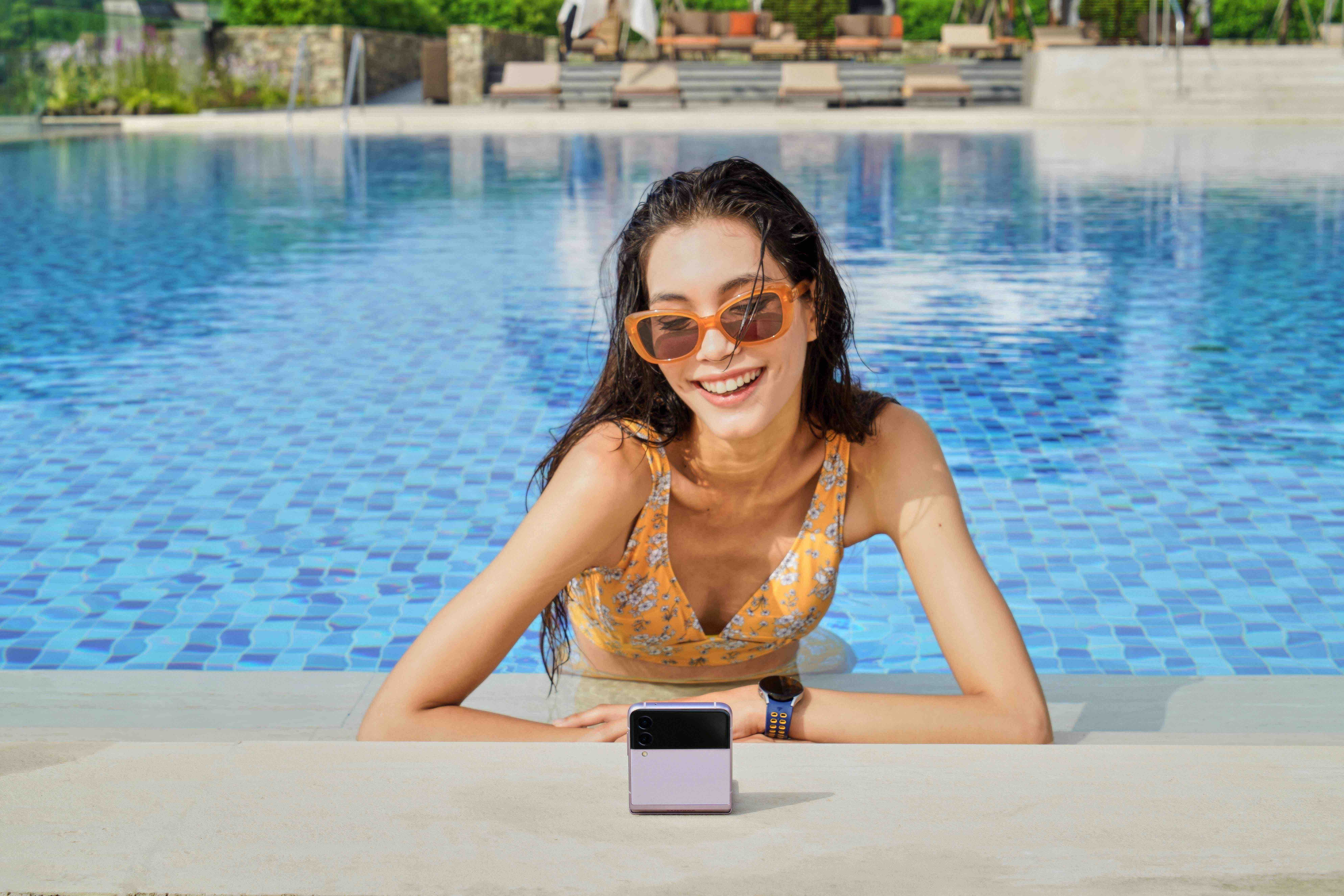
Other instances of copying
Interestingly, Samsung does not copy Apple only in those cases that are beneficial for users. Last year, Apple removed the power adapter and headphones from the iPhone 12 packaging. Samsung appropriately laughed at him for this, that right after the New Year, when introducing the Samsung Galaxy S21 and its variants, he somehow forgot to include the adapter in the package.
Face ID is a key feature of the company, which is tied to complex and sophisticated technology. But did you know that Samsung also provides it? Judging by its presentation at last year's CES, you'd think so. It somehow borrowed its icon from Apple precisely for its user authentication with the help of a face scan.
A long-standing patent battle
But all of the above may be just a fraction of what was discussed in the lawsuit, which stretched from 2011 to 2020. Last year, the two tech giants announced to the District Court in San Jose, California that they agreed to waive their dispute and settle their remaining claims and counterclaims in this matter out of court. However, the terms of the agreement were not disclosed to the public.
It could be interest you
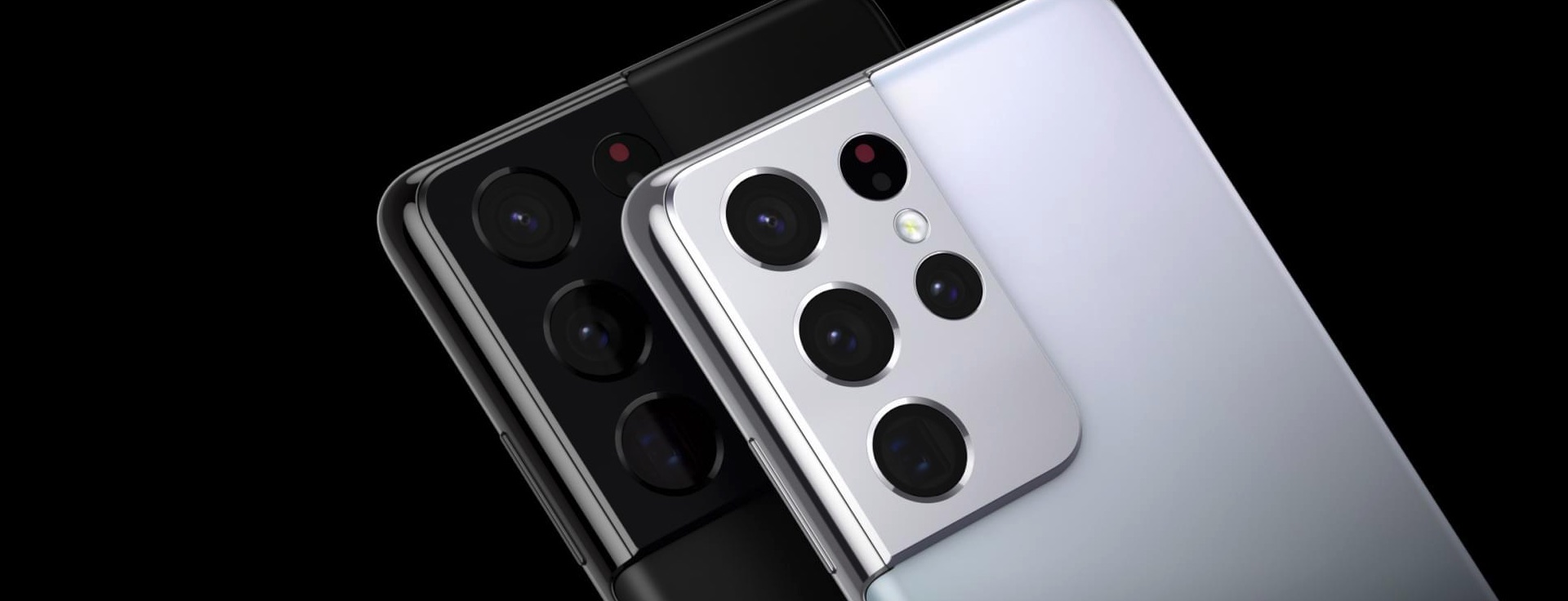
The entire lawsuit, filed by Apple in 2011, alleged that Samsung's smartphones and tablets were slavishly copying its products. It was, for example, the shape of the iPhone screen with rounded edges, a frame and rows of displayed colored icons. But it was also about functions. These included "shake back" and "tap to zoom" in particular. With these, Apple was indeed proved right and received 5 million dollars from Samsung for these two functions. But Apple wanted more, specifically $1 billion. However, Samsung knew it was in trouble and was therefore willing to pay Apple $28 million based on its calculation of copied components.
More and more lawsuits
Although the aforementioned dispute was the longest, it was not the only one. Other rulings have determined that Samsung did indeed infringe some of Apple's patents. During the trial in 2012, Samsung was ordered to pay Apple $1,05 billion, but a US district judge reduced this amount to $548 million. Samsung also previously paid Apple $399 million in compensation for infringing other patents.
Apple has long argued that the fight with Samsung is not about money, but that there is a higher principle at stake. Apple CEO Tim Cook also reportedly told a jury in 2012 that the lawsuit was about values and that the company was very reluctant to take legal action and only after Samsung repeatedly asked it to stop copying its work. And of course he didn't listen.
 Adam Kos
Adam Kos 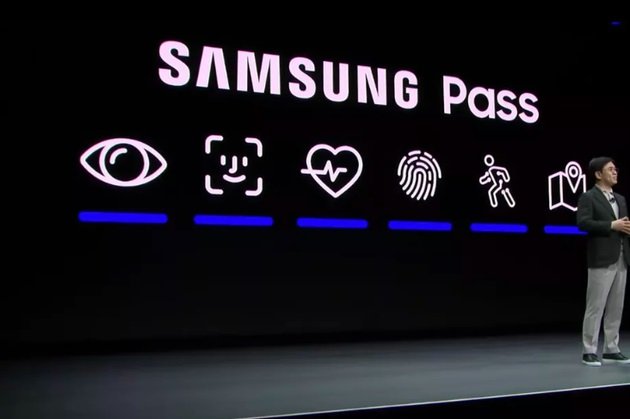

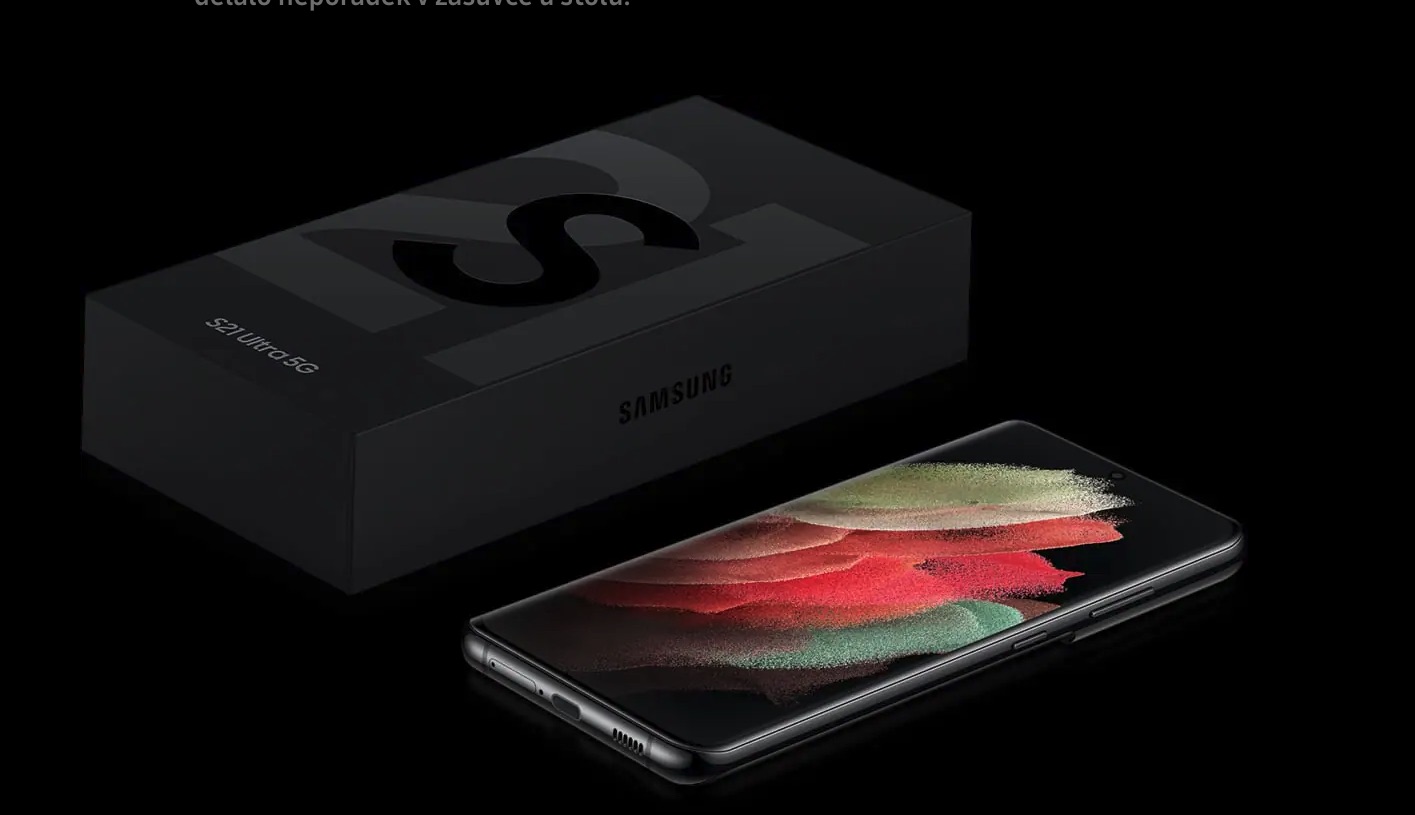
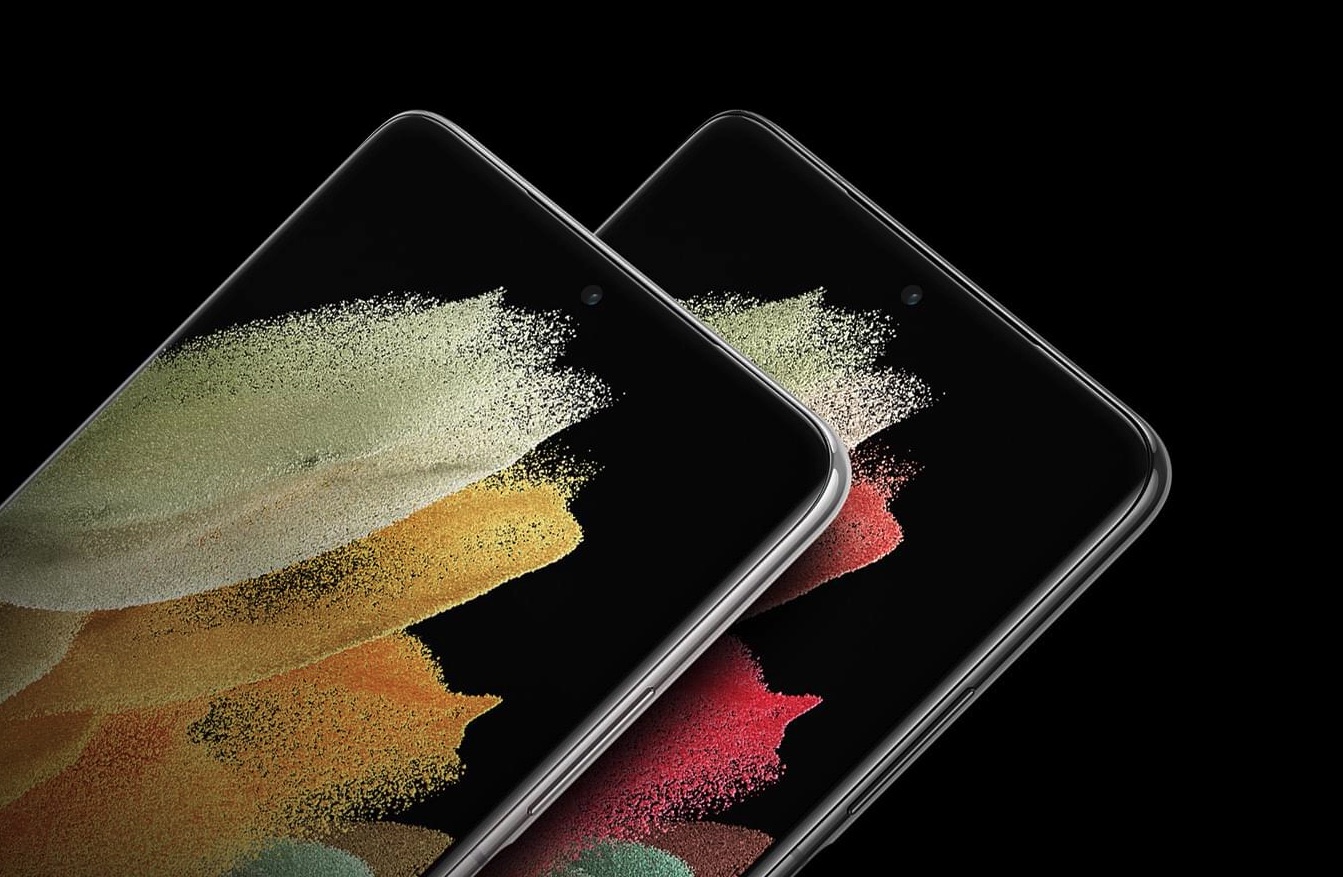
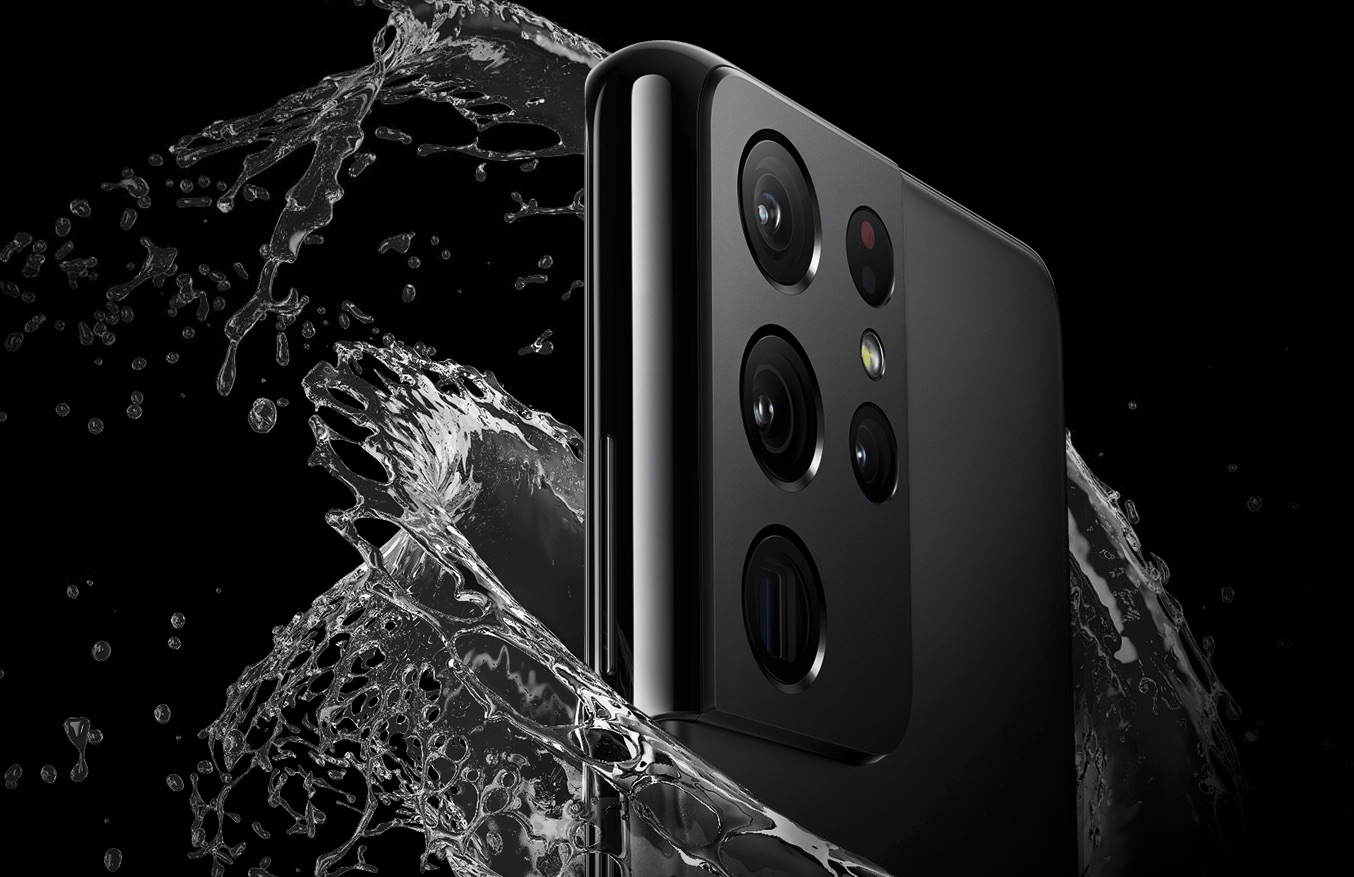

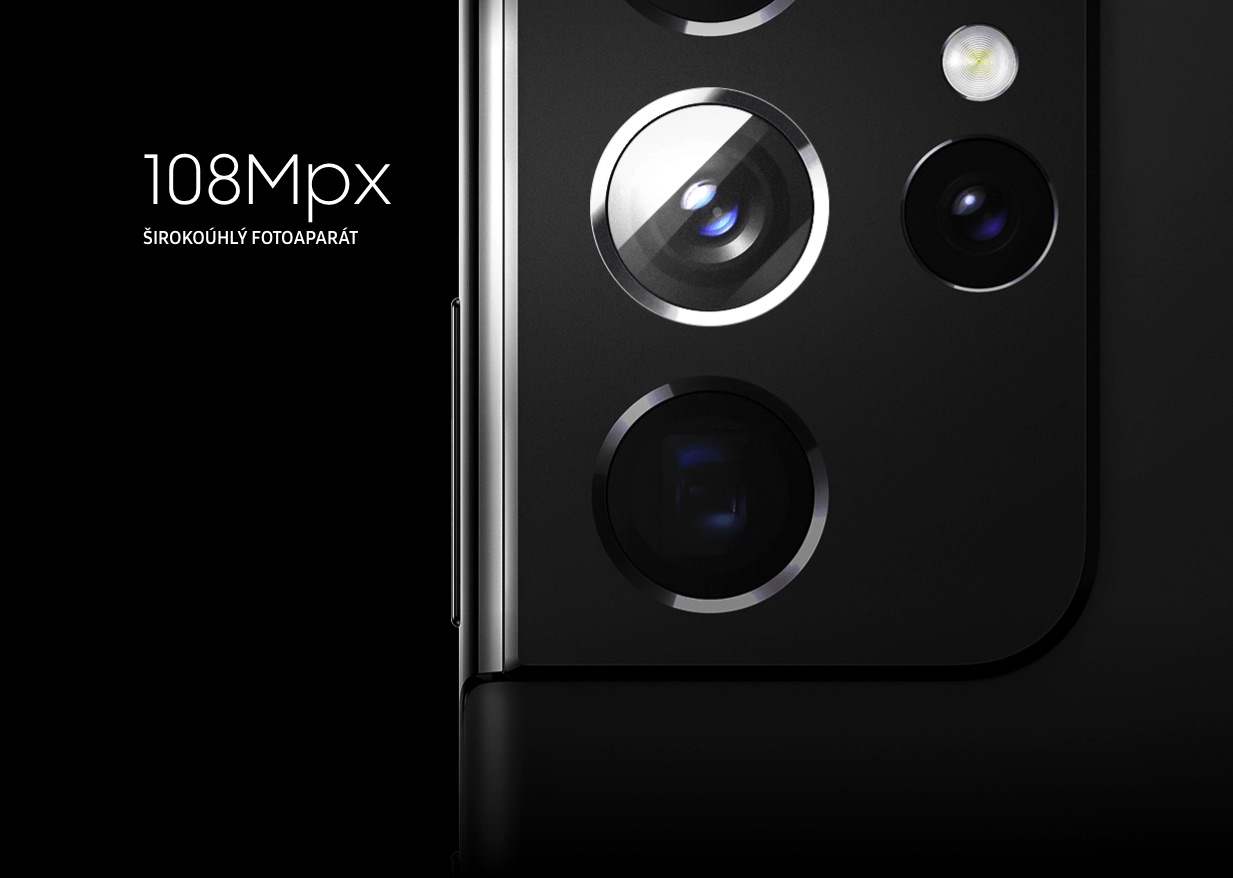

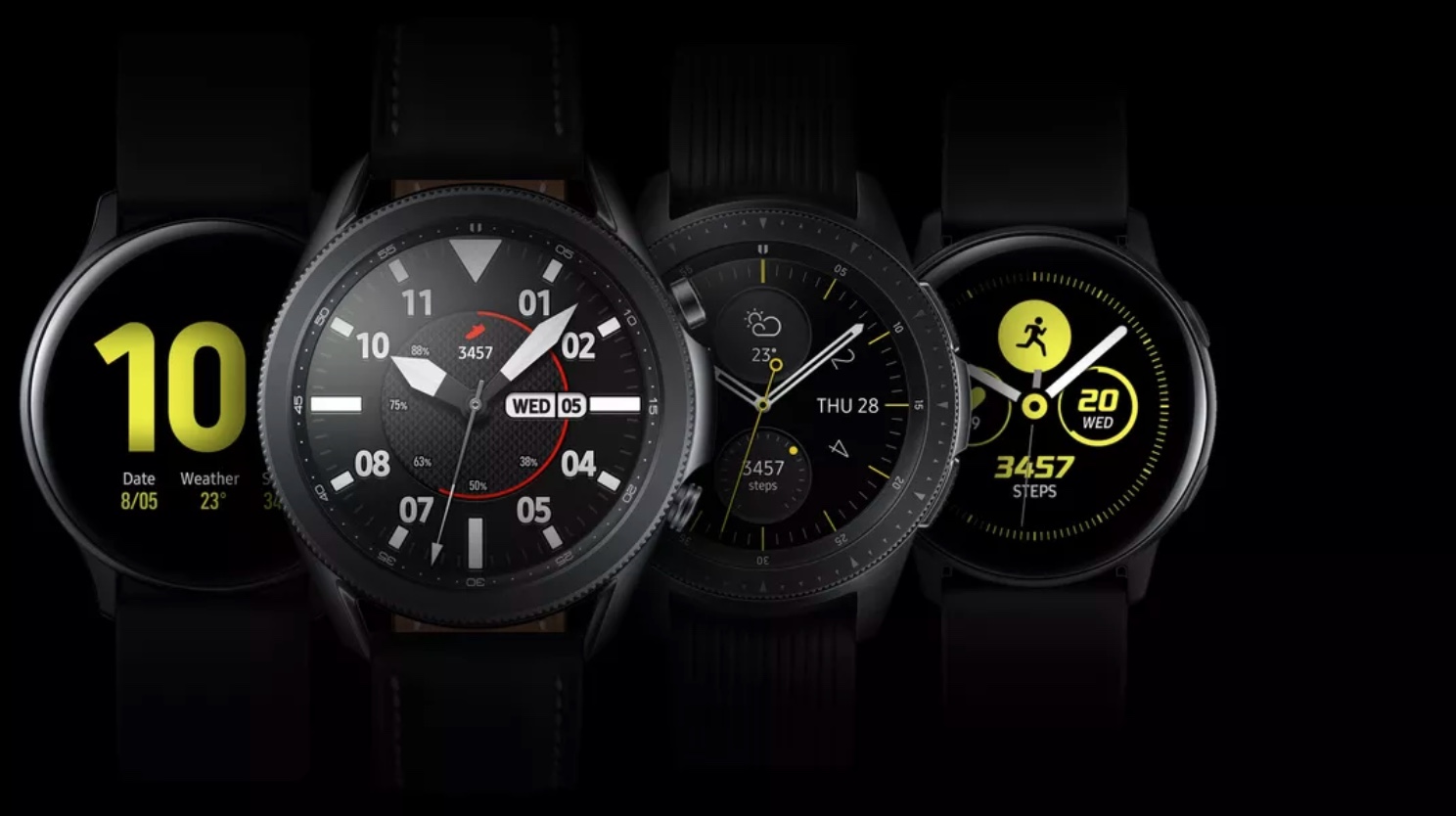


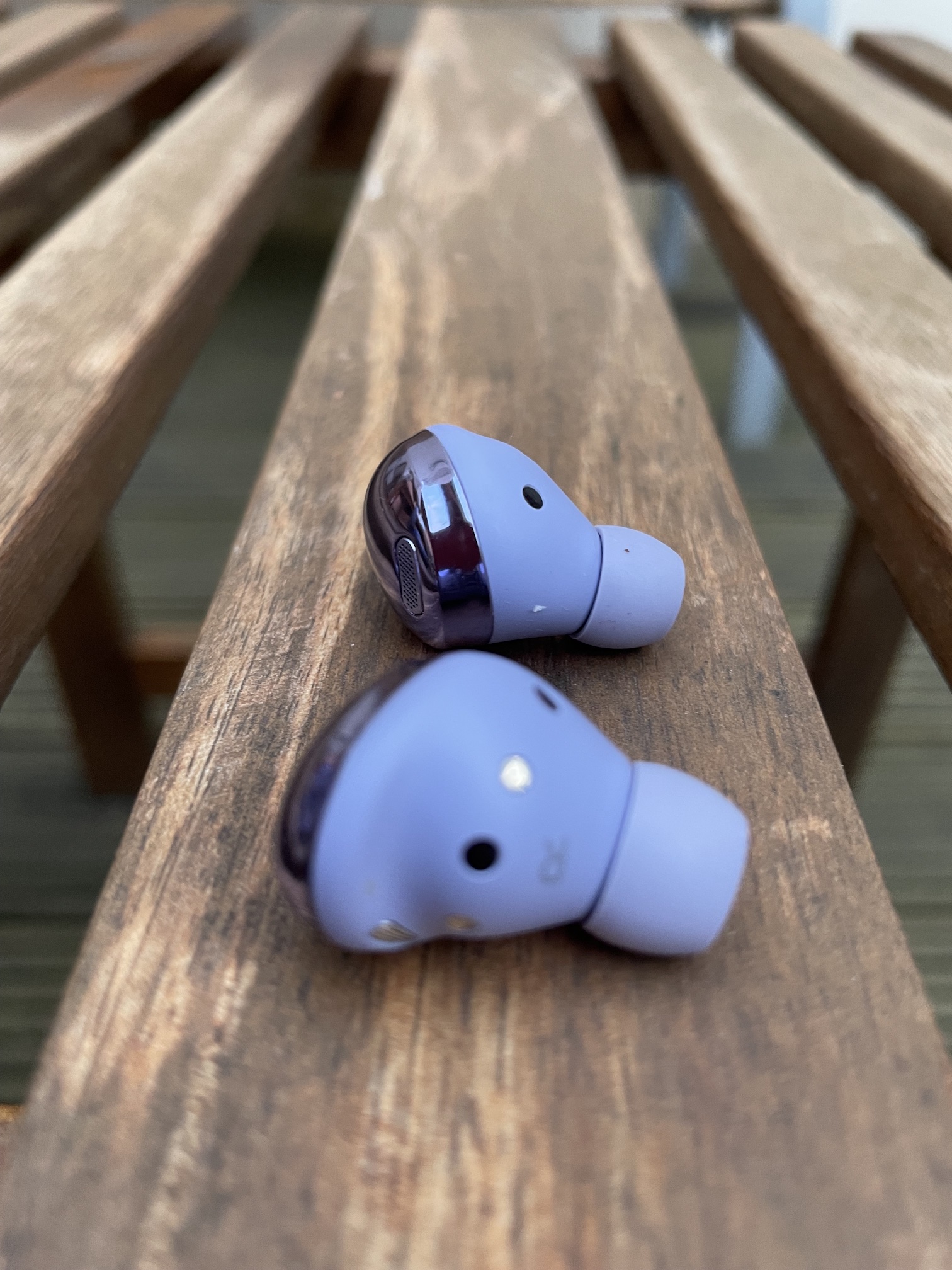
Yes, Lumia already had the address bar at the bottom a long time ago.
Apple wasn't the first
Ah, the iSheep. The address bar in the lower part arrived in the era of Win Mobile, so the first was MS. If I were to ask, then with the Adren row in the lower part, experiments were already done in the era of Symbian and Opera. But dude, that was the author of the article in diapers...
The author of the article does not write that Apple was the first. Only that Samsung only made the change after Apple did. He even clearly writes that Apple was not the first. But the article is completely useless, so I'm not surprised that no one wants to read it.
If I'm being nitpicky, Samsung was really the first, because for example the Samsung SGH X100, which was a dull phone with a color display but also data, had a browser in it, which had the address bar at the bottom. Writing nowadays about any kind of copying is a comedy and a waste, yes, that's why no one reads it.